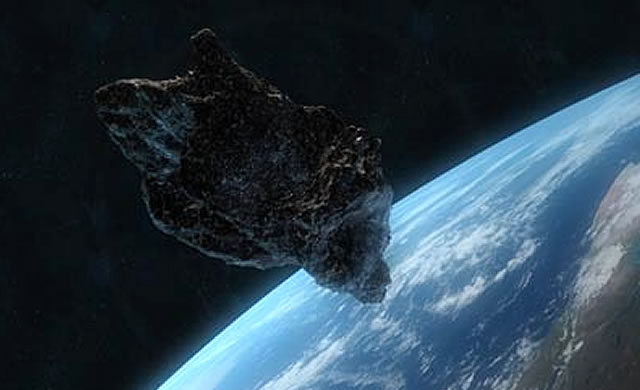



#Nasa asteroid watch live feed full
This year, the Moon will be almost 80% full at the peak of the Geminids, which isn’t ideal for our highly regarded meteor shower. This is because the moonlight “washes out” the fainter meteors, resulting in sky watchers seeing the fewer bright ones. Thus, observers in these locations see fewer Geminids than their northern counterparts.īesides the weather, the phase of the Moon is a major factor in determining whether a meteor shower will have good rates during any given year. As you enter the Southern Hemisphere and move towards the South Pole, the altitude of the Geminid radiant – the celestial point in the sky where the Geminid meteors appear to originate – gets lower and lower above the horizon. Yet, it is best viewed by observers in the Northern Hemisphere. The Geminids can be seen by most of the world. Meteors belonging to other showers, like the Perseids, burn up much higher. Whatever the nature of Phaethon, observations show that the Geminids are denser than meteors belonging to other showers, enabling them to get as low as 29 miles above Earth’s surface before burning up. Others argue that it has to be an asteroid because of its orbit and its similarity to the main-belt asteroid Pallas. Some astronomers consider it to be an extinct comet, based on observations showing some small amount of material leaving Phaethon’s surface. The Geminids are caused by debris from a celestial object known as 3200 Phaethon, whose origin is the subject of some debate. All the radiants are in Gemini, which means they belong to the Geminid shower. The Geminids appear to radiate from a point in the constellation Gemini, hence the name “Geminids.” The graphic shows the radiants of 388 meteors with speeds of 35 km/s observed by the NASA Fireball Network in December 2020. All meteors appear to come from the same place in the sky, which is called the radiant. 14, making those hours the best time for viewing the meteor shower. The shower is currently active until Dec. Atomic-level analysis of samples from Bennu could provide key evidence to support that hypothesis.Every December we have a chance to see one of our favorite meteor showers – the Geminids. Scientists believe asteroids and comets crashing into early Earth may have delivered organic compounds and water that seeded the planet for life. “So we have to go between the boulders to get our sample, and a lot of planning went into that.”Īlso read: NASA's Osiris-Rex set to 'kiss' asteroid Bennu in historic missionĪsteroids are among the leftover debris from the solar system’s formation some 4.5 billion years ago. “A lot of things could go wrong because the spacecraft’s about the size of a van, and the asteroid has a lot of boulders in it,” Lucy Lim, a planetary scientist at NASA, said in an earlier interview. It has been in orbit around the asteroid for nearly two years preparing for the “touch and go” manoeuvre. The spacecraft launched in 2016 from Kennedy Space Center for the journey to Bennu. The robotic arm's collection device, shaped like an oversized shower head, is designed to release a pressurized gas to kick up debris.Īlso read: When to watch: NASA’s OSIRIS-REX Mission to Bennu Asteroid "We have overcome the amazing challenges that this asteroid has thrown at us, and the spacecraft appears to have operated flawlessly." "Everything went just exactly perfect," Dante Lauretta, OSIRIS-REx principal investigator from the University of Arizona, Tucson, said on a NASA live feed from Lockheed's mission support building. Japan is the only other country to have already accomplished this.īennu, located over 100 million miles from Earth and whose acorn-shaped body formed in the early days of our solar system, could hold clues to the origins of life on Earth, scientists say. If a successful collection is confirmed, the spacecraft will journey back toward Earth, arriving in 2023. The probe will send back images of the sample collection on Wednesday and throughout the week so scientists can examine how much material was retrieved and determine whether the probe will need to make another collection attempt. "Sample collection is complete, and the back-away burn has executed," Lockheed mission operator Estelle Church added seconds later, confirming the spacecraft eased away from the space rock after making contact.Īlso read: NASA spacecraft seeks to grab a piece of asteroid Bennu

#Nasa asteroid watch live feed Patch
The minivan-sized OSIRIS-REx spacecraft, built by Lockheed Martin, extended its 11-foot (3.35 m) robotic arm toward a flat patch of gravel near Bennu’s north pole and plucked the sample of rocks, the space agency's first handful of pristine asteroid rocks. A NASA spacecraft touched down on the rugged surface of the Bennu asteroid on Tuesday, grabbing a sample of rocks dating back to the birth of our solar system to bring home.


 0 kommentar(er)
0 kommentar(er)
